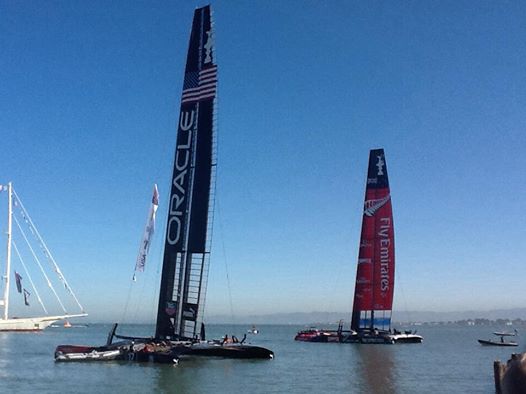
The 2013 America’s Cup was held in San Francisco for several reasons:
- Larry Ellison, the sponsor of the winning Team Oracle USA yacht, chose San Francisco as the venue after winning the previous Cup in 2010.
- San Francisco Bay offered a unique setting that brought the race closer to spectators, with its iconic skyline and landmarks like the Golden Gate Bridge providing a picturesque backdrop.
- The bay’s conditions were suitable for the high-tech, ultra-fast foiling boats used in the competition.
San Francisco Bay is considered an excellent venue for foil sailboat racing due to its consistent winds, protected waters, and proximity to shore, allowing spectators to view the races easily.
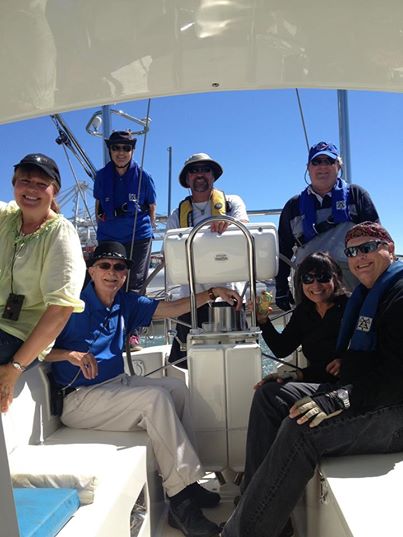
Sailing to the America’s Cup Race on San Francisco Bay on my sister’s boat Ahelani
The 2013 America’s Cup comeback by Oracle Team USA is recognized as one of the greatest comebacks in sports history. We watched them overcame an 8-1 deficit to win 9-8 in the best-of-17 series, despite starting with a 2-point penalty. This comeback is often cited as statistically one of the most improbable in sports. Other examples of great comebacks in sports include:
- Liverpool FC’s 2019 UEFA Champions League semi-final comeback against Barcelona, overturning a 3-0 first-leg deficit to win 4-3 on aggregate.
- The New England Patriots’ Super Bowl LI comeback, erasing a 28-3 deficit to win 34-28 in overtime.
- Tracy McGrady scoring 13 points in 33 seconds to lead the Houston Rockets to victory over the San Antonio Spurs in 2004.
- Reggie Miller’s 8 points in 8.9 seconds comeback for the Indiana Pacers against the New York Knicks in the 1995 NBA Playoffs.
- Alex Smith’s return to NFL football after a severe leg injury that nearly resulted in amputation.
These comebacks demonstrate the unpredictable nature of sports and the extraordinary resilience of athletes and teams in the face of seemingly insurmountable odds.
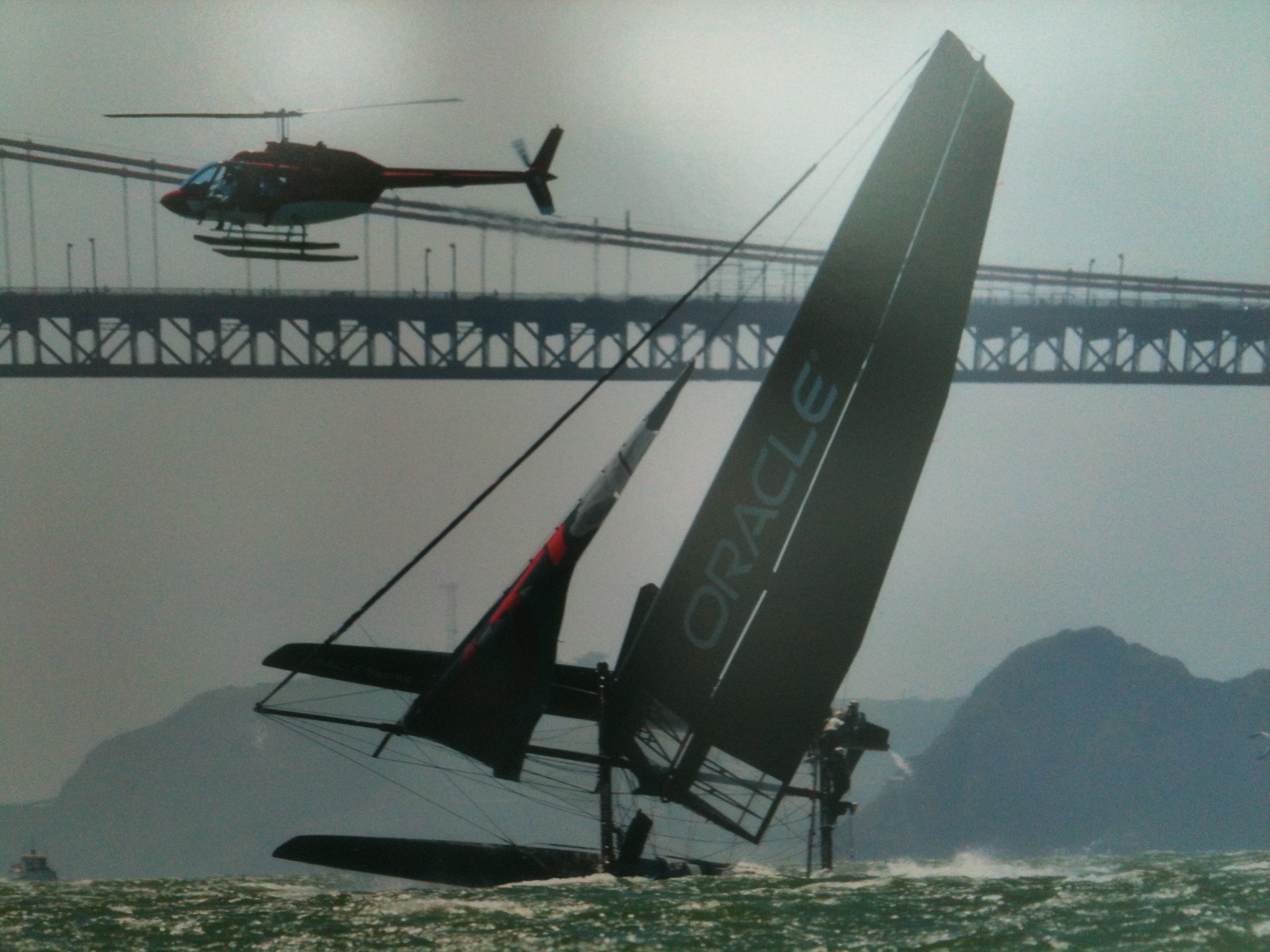
The 2013 America’s Cup in San Francisco provided several memorable moments that made it one of the most exciting competitions in the event’s history:
Oracle Team USA’s Incredible Comeback
The most significant aspect of the 2013 America’s Cup was Oracle Team USA’s unprecedented comeback:
- They started with a two-point penalty due to illegal modifications to their boat.
- Emirates Team New Zealand took an 8-1 lead in the best-of-17 series.
- Oracle Team USA won eight consecutive races to clinch the Cup 9-8.
This comeback is often cited as one of the greatest in sports history.
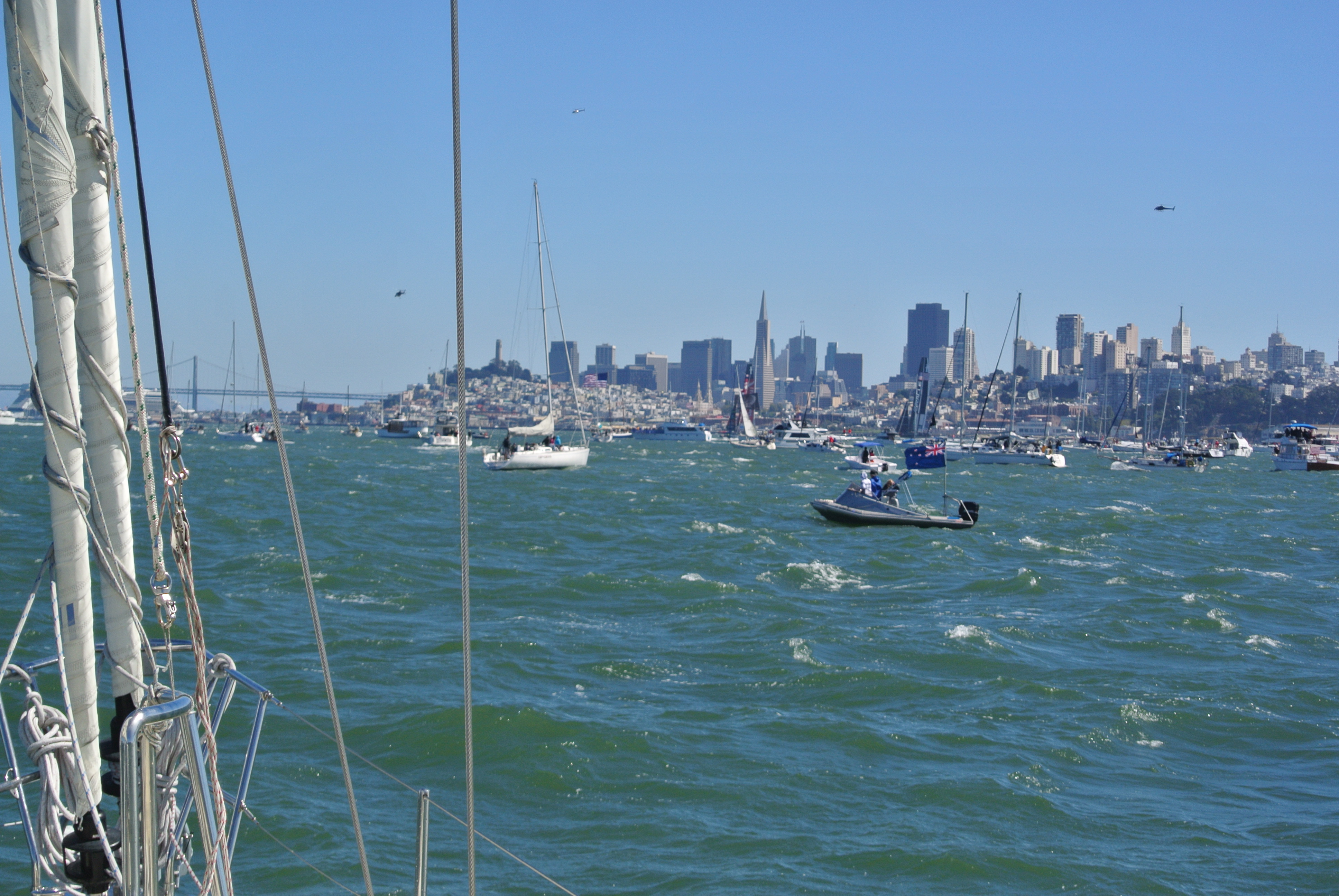
Thrilling Racing Action
The competition featured several exciting moments:
- High-speed foiling catamarans reaching speeds over 40 mph.
- Frequent lead changes and close finishes.
- A particularly memorable race on September 18th, where Oracle Team USA passed the Kiwis on the third leg to tie the series 8-8.
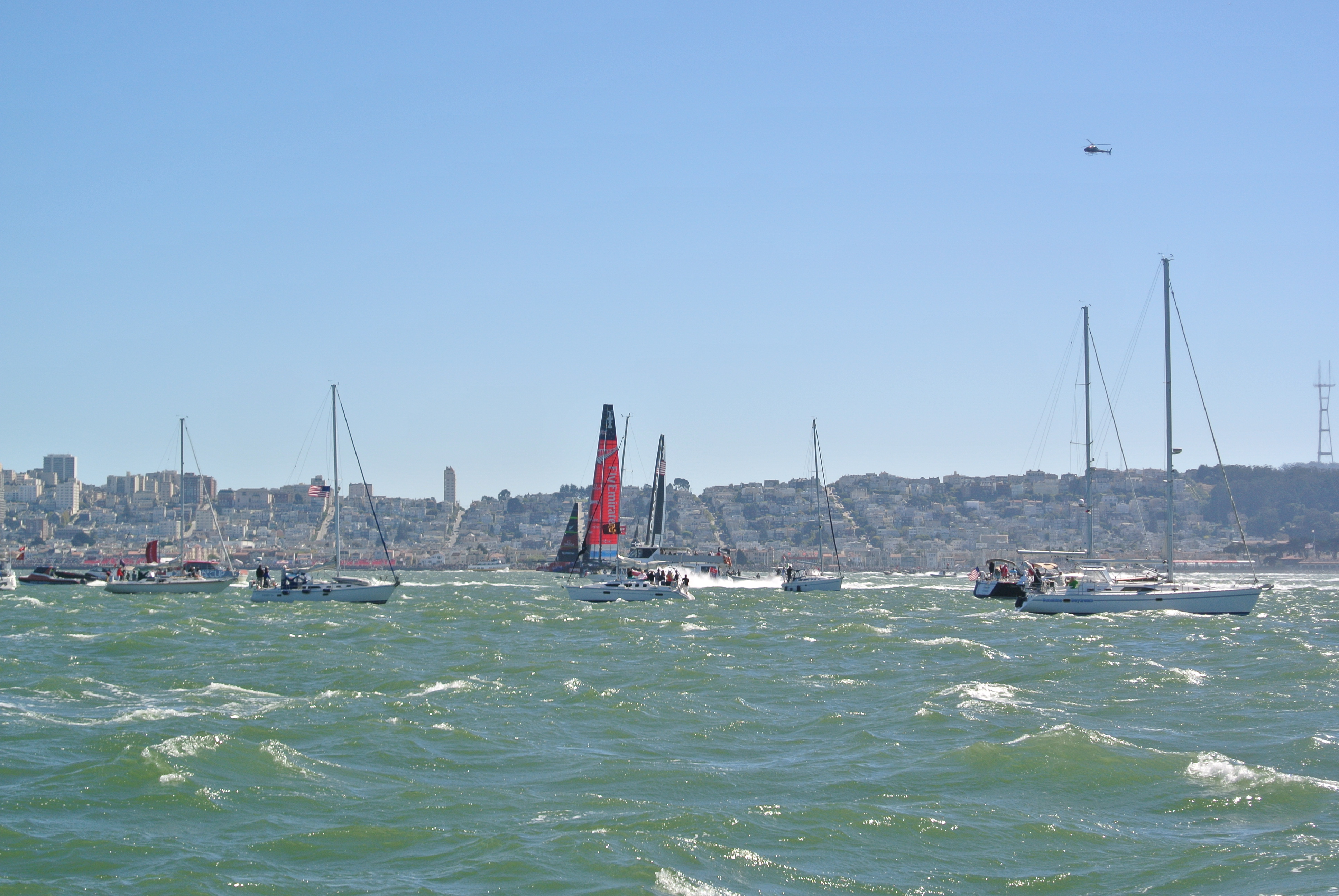
Dramatic Final Race
The winner-take-all final race on September 25th, 2013, was filled with tension:
- Emirates Team New Zealand took an early lead.
- Oracle Team USA split the course and gained ground upwind.
- The Americans captured the lead on the third cross and maintained it to win by 44 seconds.
Technological Advancements
The 2013 America’s Cup showcased revolutionary sailing technology:
- The introduction of foiling AC72 catamarans transformed the sport.
- Teams had to quickly adapt to new sailing techniques, with Oracle Team USA notably changing their upwind strategy mid-competition.
Controversial Start
The event began with controversy:
- Oracle Team USA was penalized for illegal modifications to their boat.
- They were docked two points and had to win 11 races instead of 9.
- Key team members, including sailor Dirk de Ridder, were expelled.
These moments combined to create a dramatic and unforgettable America’s Cup that changed the face of competitive sailing.
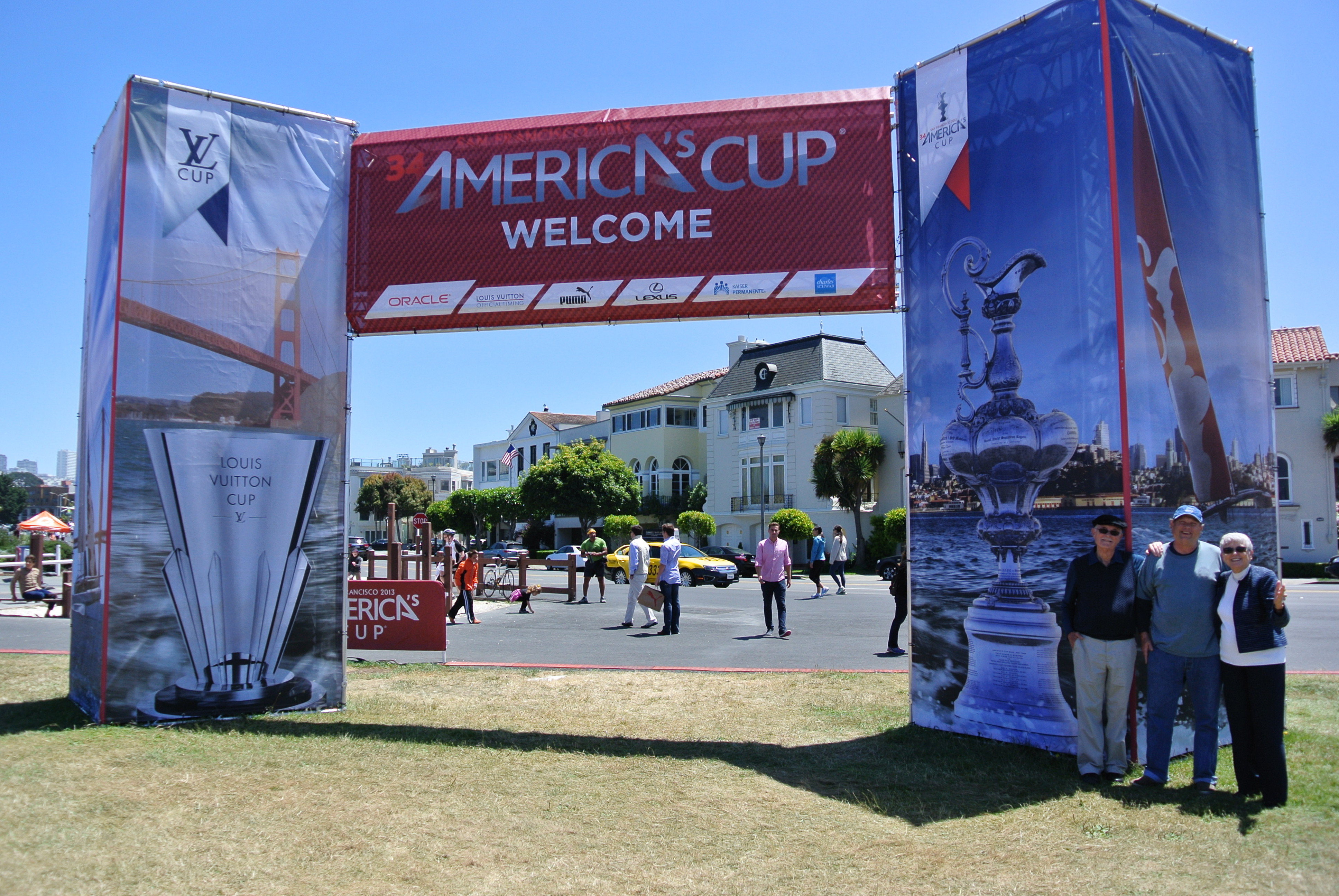
Oracle Team USA’s comeback from an 8-1 deficit in the 2013 America’s Cup is considered one of the greatest comebacks in sports history. They managed this remarkable turnaround through several key factors:
Strategic Changes
- Tactical Adjustment: Oracle replaced tactician John Kostecki with Sir Ben Ainslie, which proved to be a game-changing decision2.
- Upwind Performance: The team significantly improved their boat’s upwind speed, reaching 30-32 knots while hydrofoiling, a capability never seen before in the America’s Cup1.
Technical Improvements
- Boat Modifications: Oracle continuously refined their boat’s performance throughout the competition3.
- Crew Coordination: The team optimized their maneuvers and sailing techniques as the series progressed3.
Mental Resilience
- Never Give Up Attitude: Skipper Jimmy Spithill emphasized the team’s unwavering determination and refusal to give up despite the odds13.
- Pressure Management: The team maintained focus and performed under extreme pressure, winning eight consecutive races to clinch victory1.
Team Dynamics
- Chemistry: Ben Ainslie’s addition created an “intangible chemistry” that improved the overall team performance2.
- Crew Synergy: The combination of Spithill, Ainslie, and strategist Tom Slingsby proved highly effective2.
Oracle Team USA’s comeback was a result of technical improvements, strategic adjustments, and exceptional mental fortitude, allowing them to win 11 races (including eight consecutive victories) to secure a 9-8 victory in the best-of-17 series13.
Jeff Causey, a Washington State native, played a critical role in Oracle Team USA’s historic comeback in the 2013 America’s Cup. He was responsible for a crucial wingsail structural repair just minutes before the final, winner-takes-all race. This repair, completed 30 feet up the mast, ensured that Oracle could compete in the decisive race, which they won to complete one of the greatest comebacks in sports history346.
Jeff Causey’s first America’s Cup campaign was in 2010 with Oracle Team USA, where he worked as a rigger on the AC72 yachts for the 34th America’s Cup248. His expertise as a rigger and his ability to execute under pressure were instrumental in Oracle’s success. His contributions have been widely recognized by key team members like Jimmy Spithill and Ben Ainslie34.
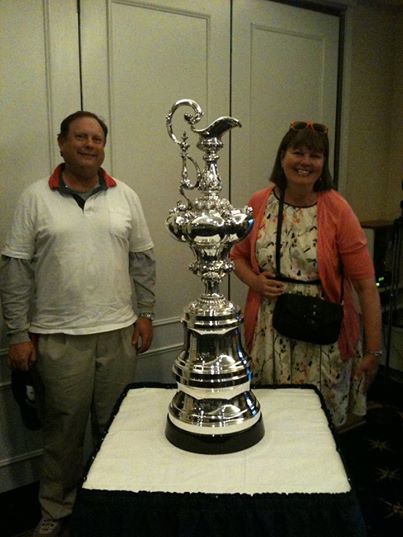
Jimmy Spithill’s second America’s Cup campaign was in 2003, where he helmed OneWorld Challenge. The team competed in the Louis Vuitton Cup, reaching the semifinals before being defeated by Oracle BMW Racing. The Seattle yacht club was the sponsor. Jeff Causey pointed out to South Sound Sailing Society in January of 2025 that the usual result of an America’s Cup campaign is loss.